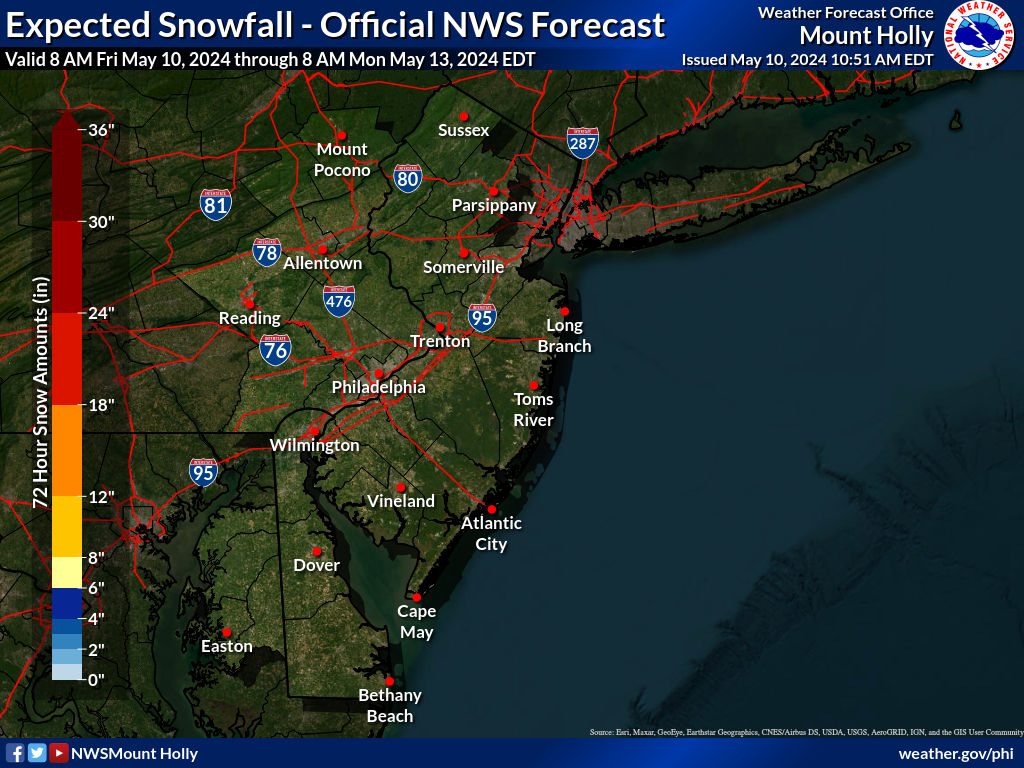Summary: quiet this week, then some potential snow/wintry/mix events from about 1/19-1/23 and the polar vortex looks like it's coming around 1/20 for at least several days.
Details: So, after a quiet week this week (seasonable today and tomorrow, then well below normal through Friday with at most a few chances for flurries or a dusting), things could become active next weekend. We're now in the 7-10 day window, where patterns like this first show some winter storms on some model runs and we're definitely seeing that, as today's 12Z Euro shows a significant snowstorm (3-6" type event on the model) for the NEUS (including us) around 1/19 (day 7-8) and the 12Z CMC shows a significant snowstorm (also 3-6" event) for the NEUS (and us) around 1/21 (Day 9-10), while the 12Z GFS shows no storm in that timeframe, but the 6Z GFS showed a significant snowstorm (3-6" event) for the NEUS (and us) around 1/19 and we've also seen some runs with mostly rain, which can always happen with an inland track.
Operational models will often jump around from run to run at this juncture, which is why banking on a snowstorm this far out is foolish - this just shows there's potential. More importantly, the ensemble runs of these three models (Euro/CMC/GFS) have been consistently showing a few to several inches for the ensemble mean snowfall in the Day 7-10 timeframe (about 1/19-1/22) for a few days and continue to do so, which is a fairly strong signal for some snow. This is true even for the 12Z Operational run of the GFS which shows no actual storm (indicates many ensemble members and the mean show snow, while the Op doesn't, which implies the Op may be an outlier).
Beyond about 1/20, it's looking very likely that we're going to get a 4-5 day visit from the polar vortex, bringing very cold Arctic air into the eastern US (all the way down to Florida). For our area this will likely bring a string of days with highs below 32F (and likely in the 20s some days) and lows in the teens to single digits; very cool visualization of this in the first link below. Obviously, this is ridiculously far out for looking at snowfall potential, but clearly if there is cold air around, snow is very possible, especially when the cold starts to relent, as a fairly high percentage of our significant snowstorms occurs near the end of cold patterns with blocking, as per the 2nd link below and the accompanying graphic.










